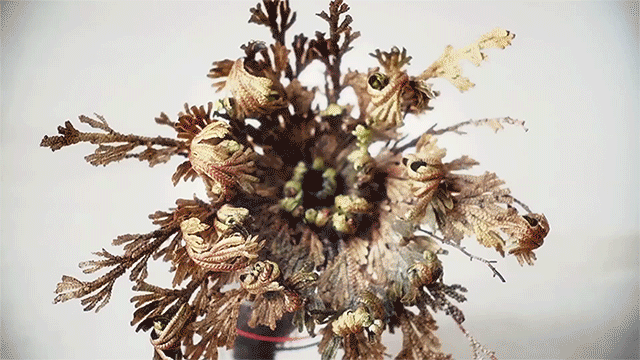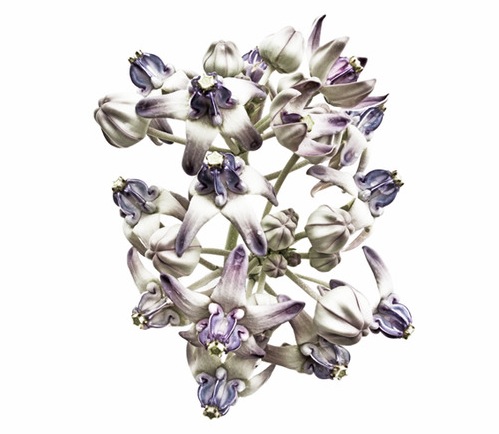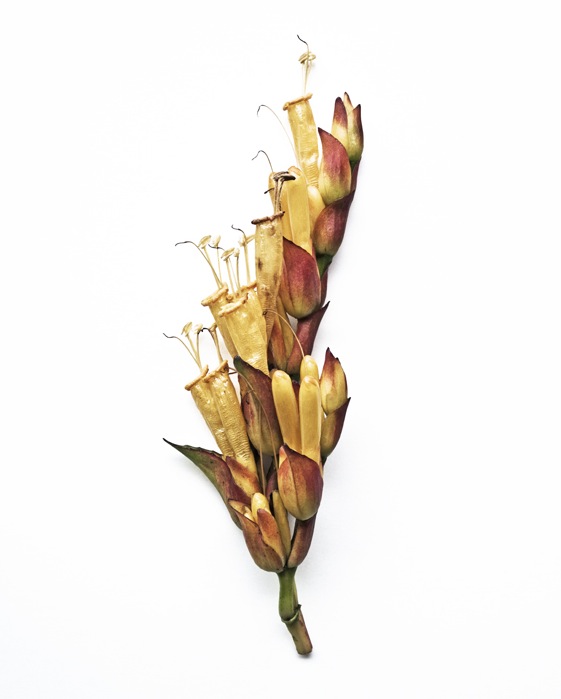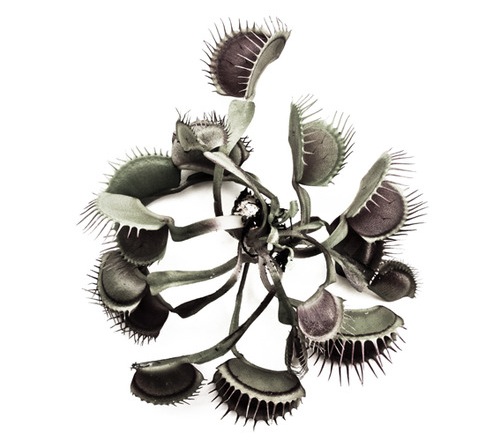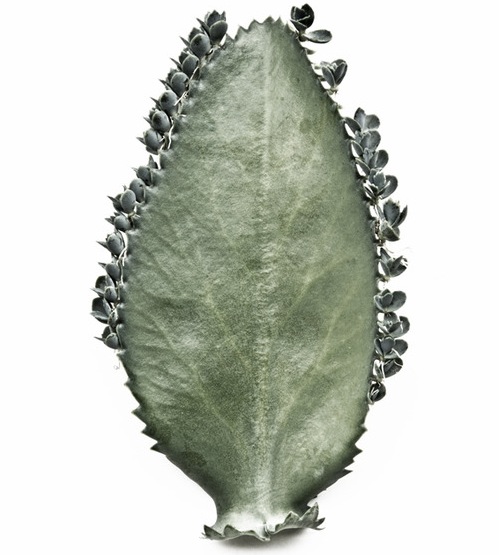May I preface this with: having viewed the below images, I spent the next half hour googling 'Degree in Horticulture', 'Diploma in Horticulture' and the like, with the idea that I too could be as masterful botanically as Tom Stuart-Smith, that is... after a few short years of part-time study at the local TAFE. Like my mother always said "Kara, no knowledge is wasted knowledge," so why not 'eh? I'm only thirty one, horticulture is in my blood (my mother actually possesses said degree, with her garden frequently referred to as THE 'Botanical Garden' and my brother has a success rate with plants that always manages to turn me green with envy) and if Tom Stuart-Smith is any barometer, a landscape designer can easily be likened to a great master of the arts, and who wouldn't want that?!
Like a great master Stuart-Smith understands a changing palette through the seasons, balance, texture and light within the landscape; the way I see it, he gallantly transcends beyond landscape designer and into the realm of landscape architect. His botanical spaces are ones I want to live in, forget the walls, I'm willing to forgo the creature comforts, confront the seasonal changes and immerse myself in the full Tom Stuart-Smith experience.
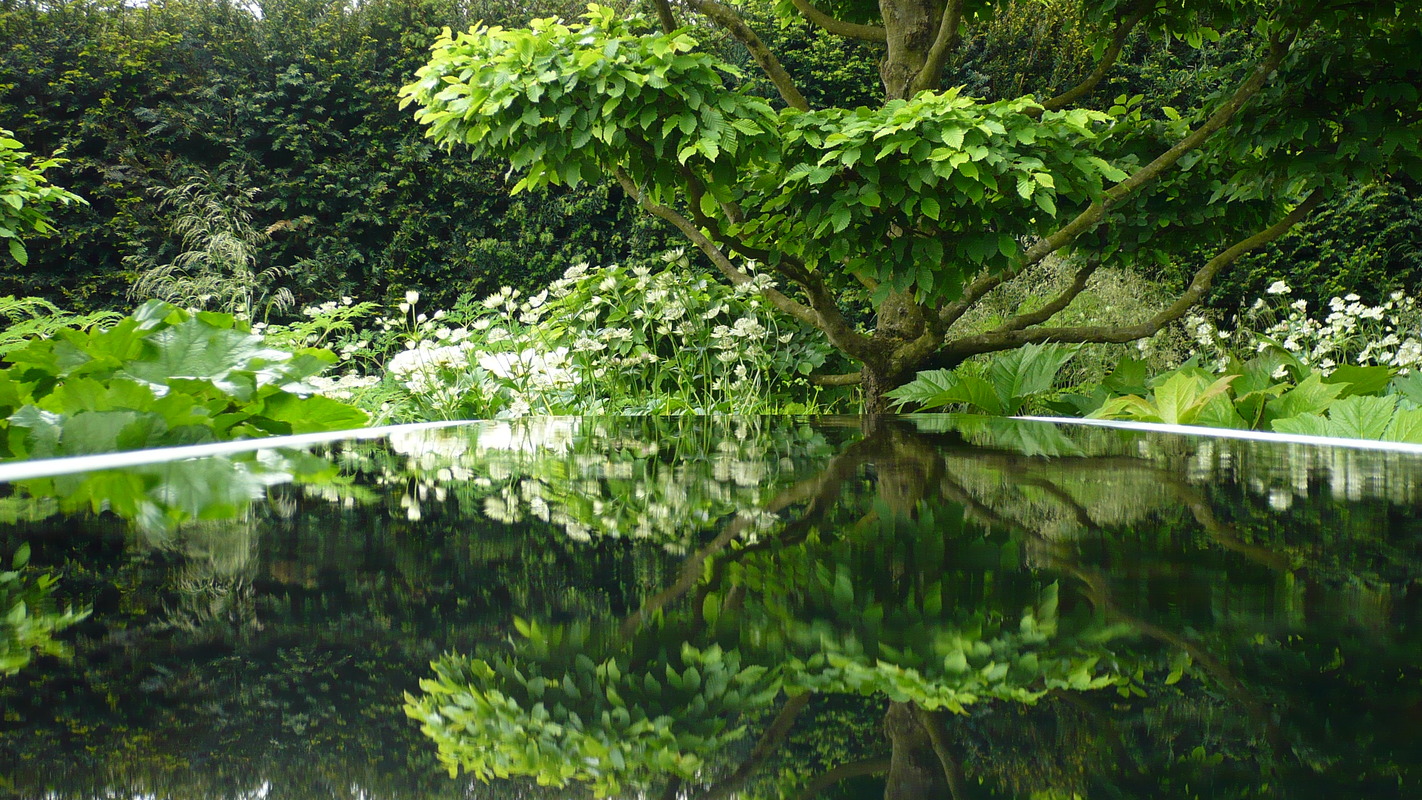
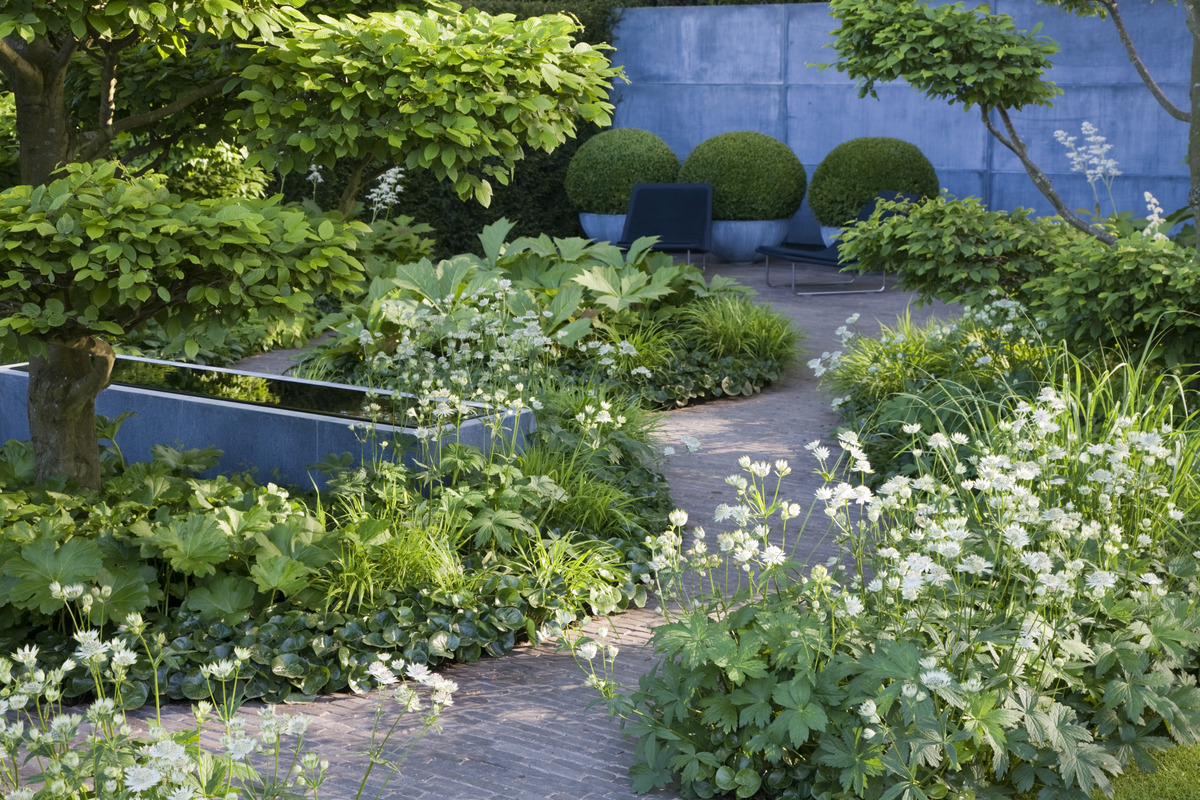
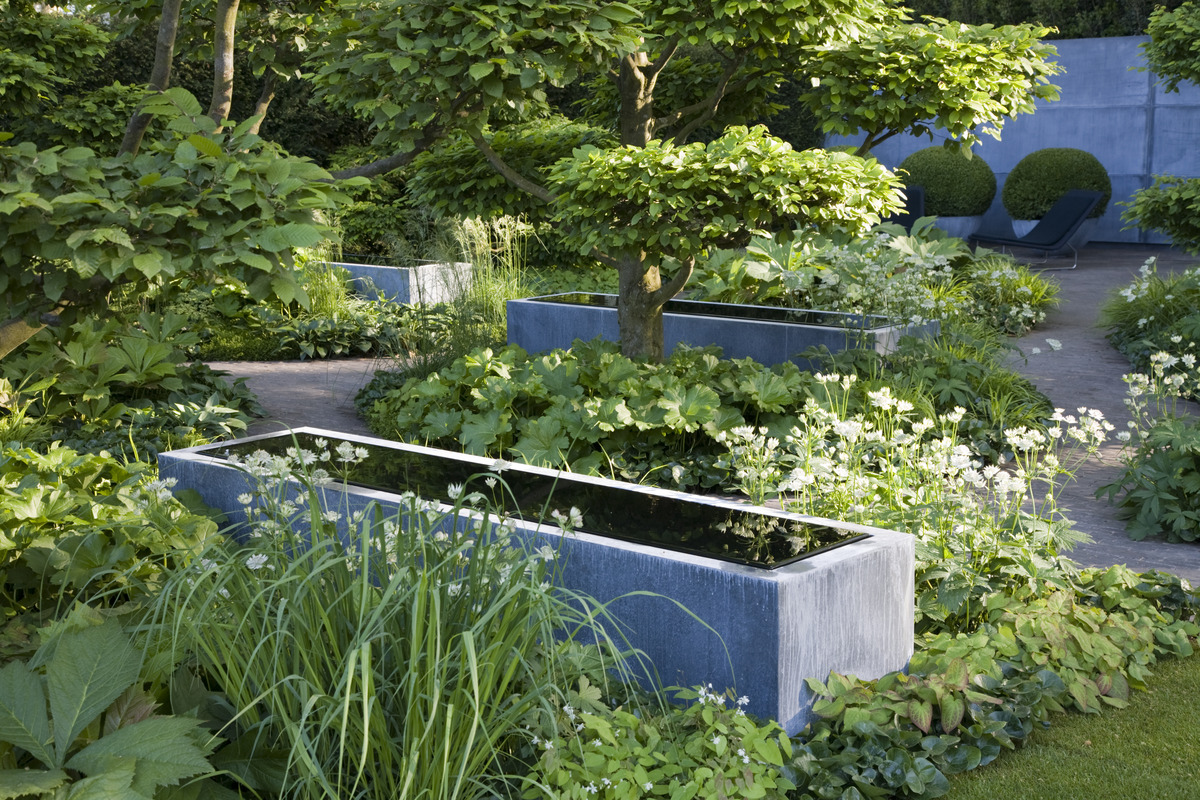

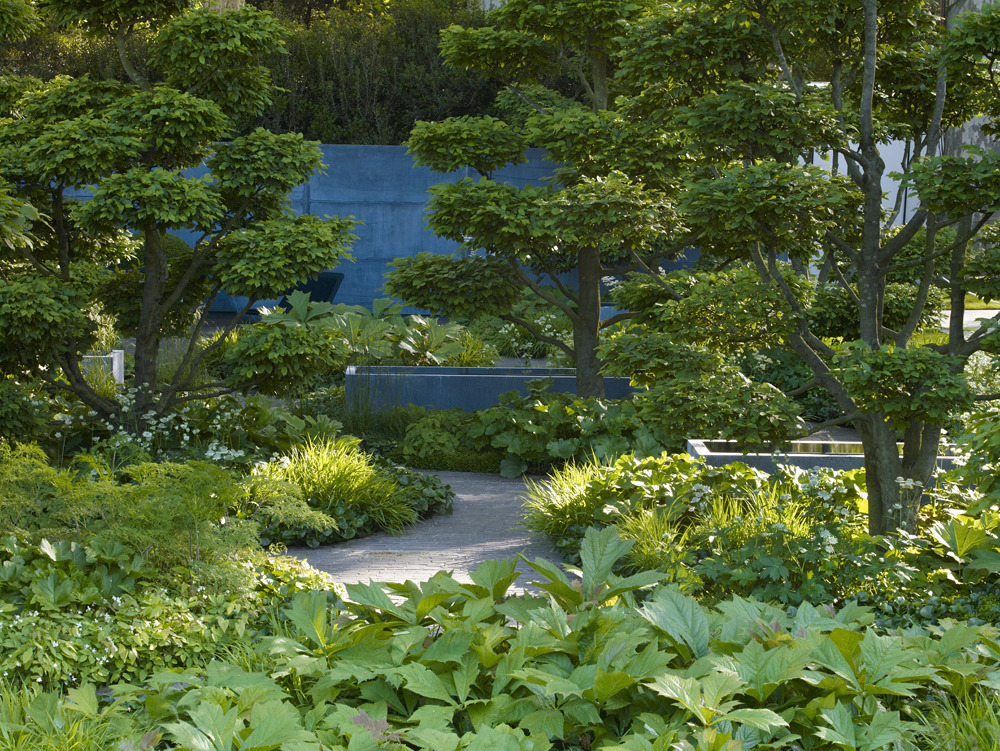
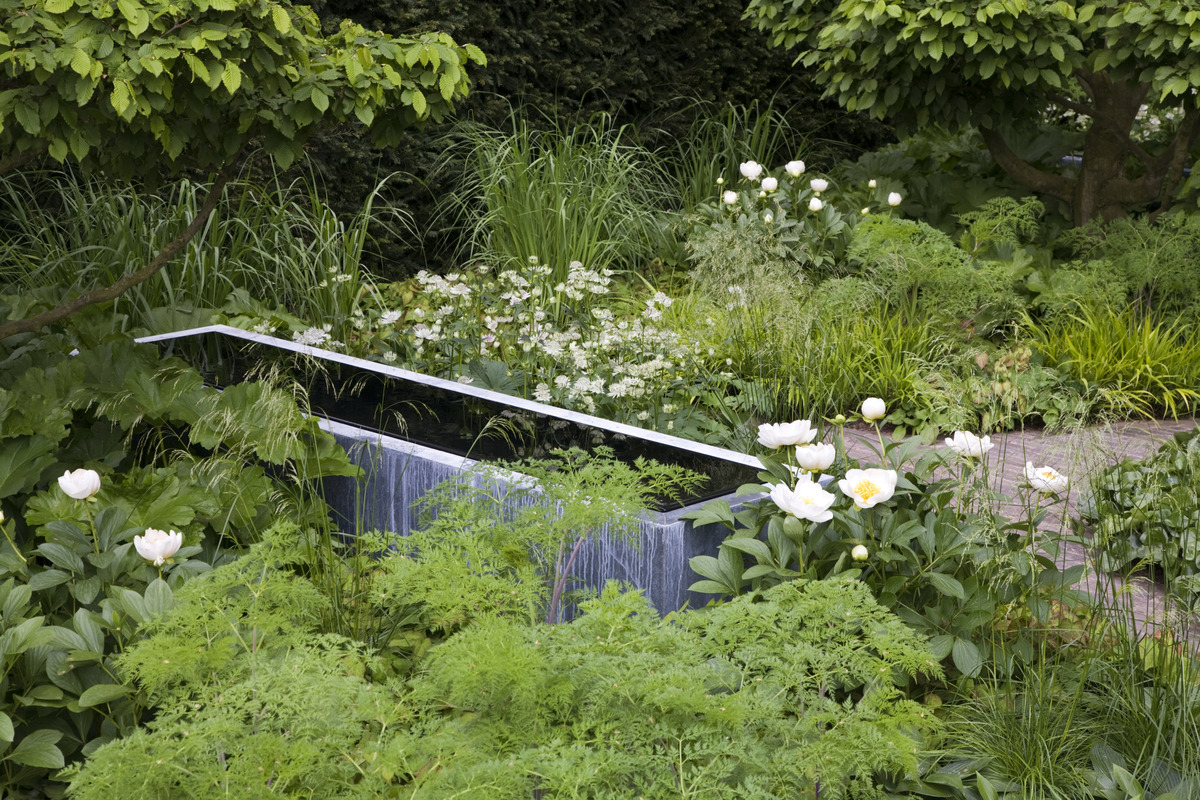
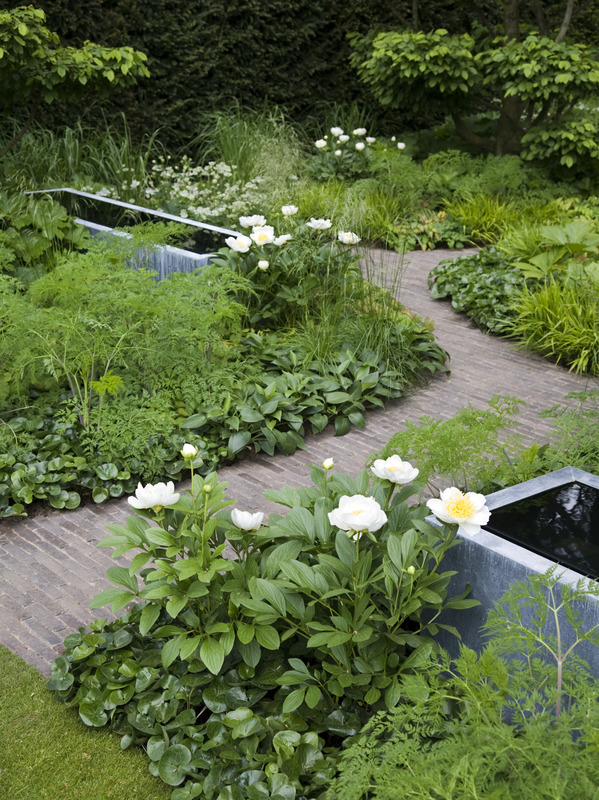
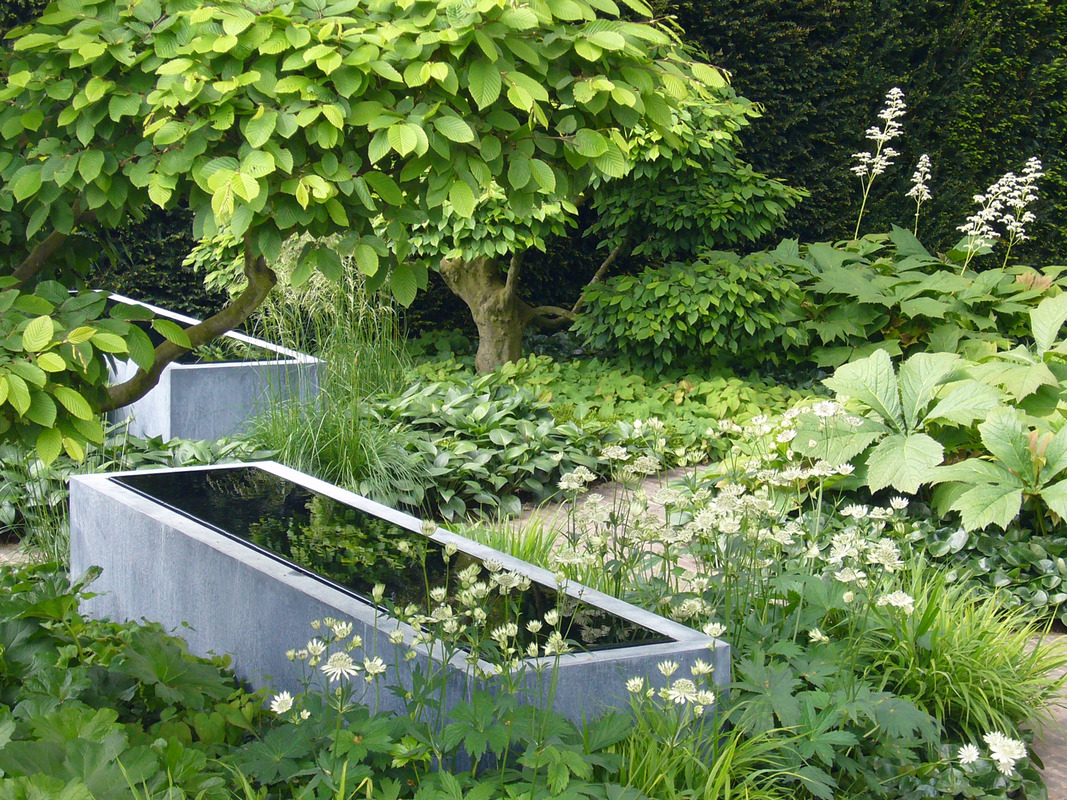
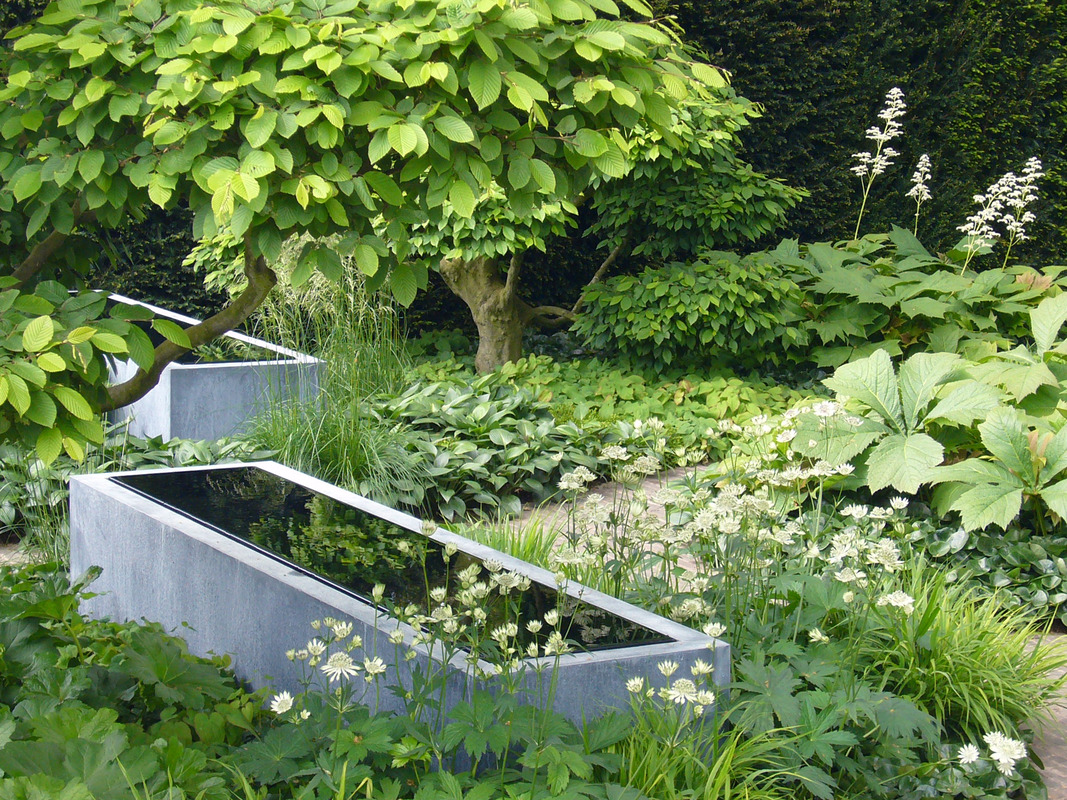

Chelsea 2008 - The Laurent-Perrier Garden
"The garden was intended to be a contemplative space with a dreamy, slightly surreal character. It could be a private garden but was conceived more as an installation, an idea of how a complex and subtle space could be formulated from simple repeated elements.
The layout was composed by overlaying of a number of separate patterns: a grove of thirty-year old cloud-pruned hornbeams, a pattern of paths in Flemish bricks, a number of zinc tanks brimming with water, and an undulating tapestry of herbaceous planting, predominantly green with a few white flowers.
The garden was in part a reaction against the traditional ‘Chelsea garden’ with its eye-catching features and assumptions about how people will experience a space. It was also about atmosphere and mood, setting an intentional contrast between the alluring beauty of the exterior with its white peonies, and the more melancholic middle part of the garden."
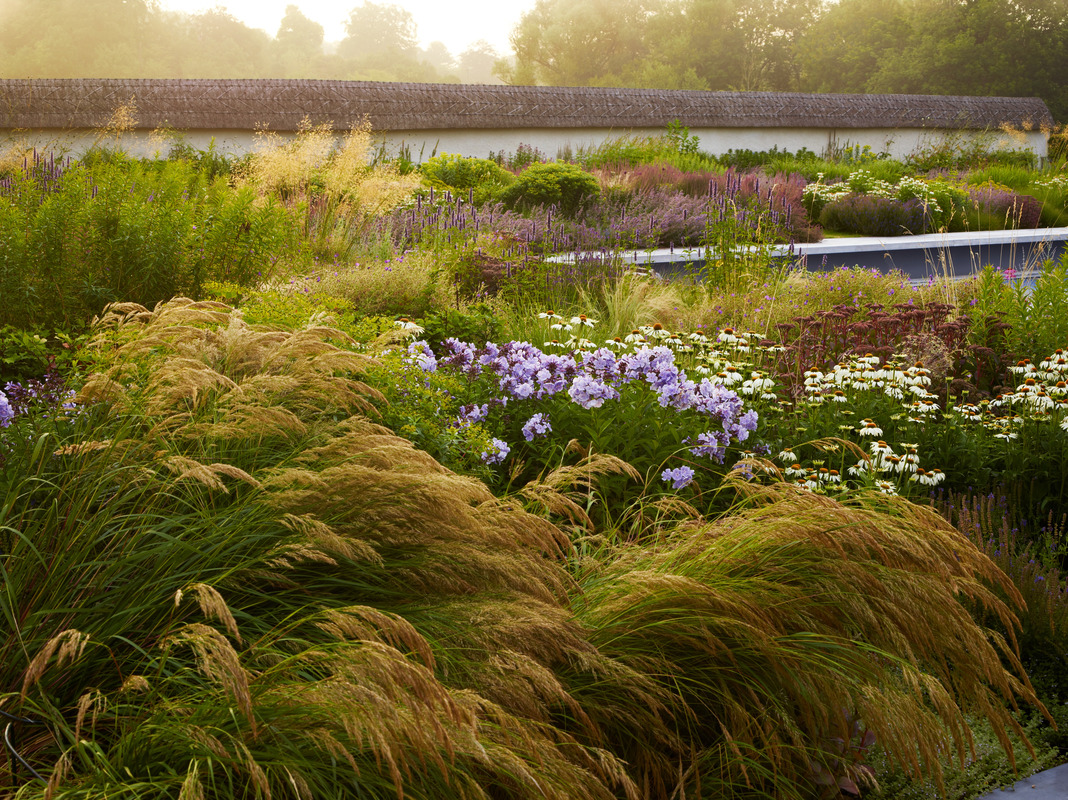
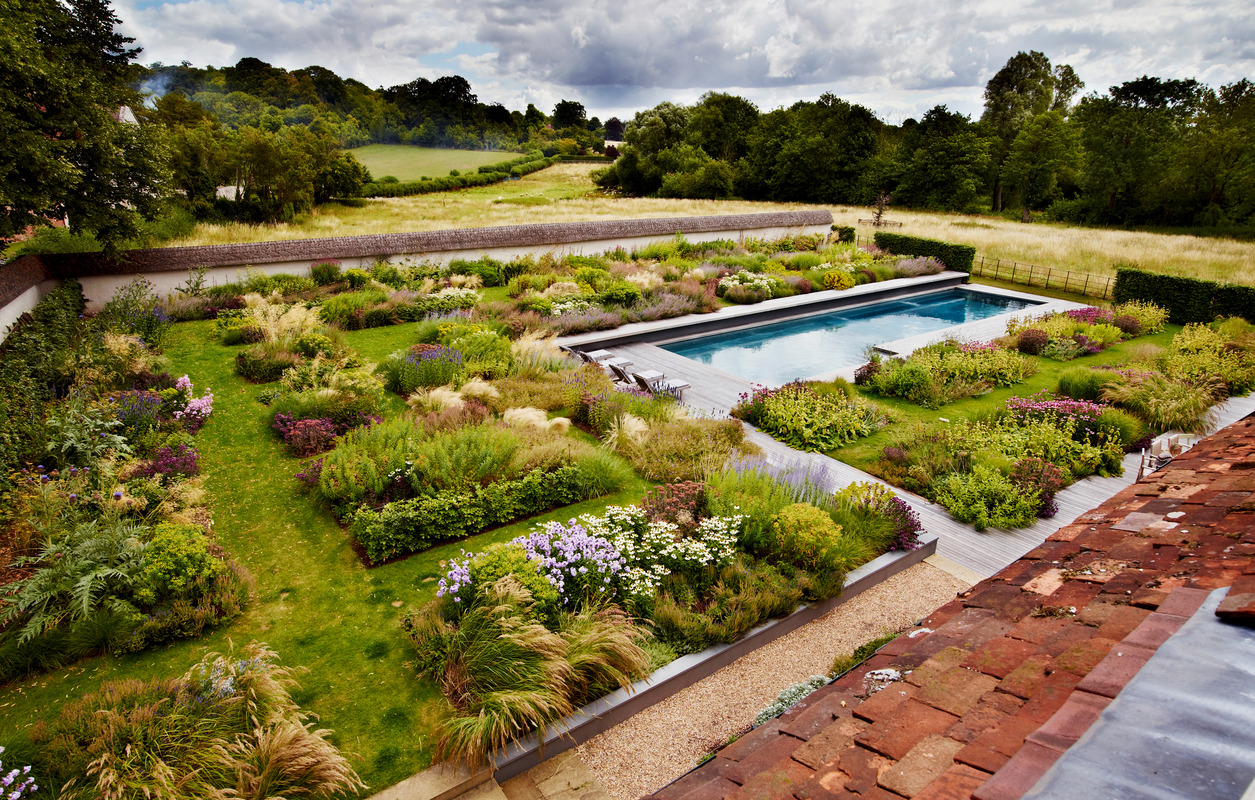
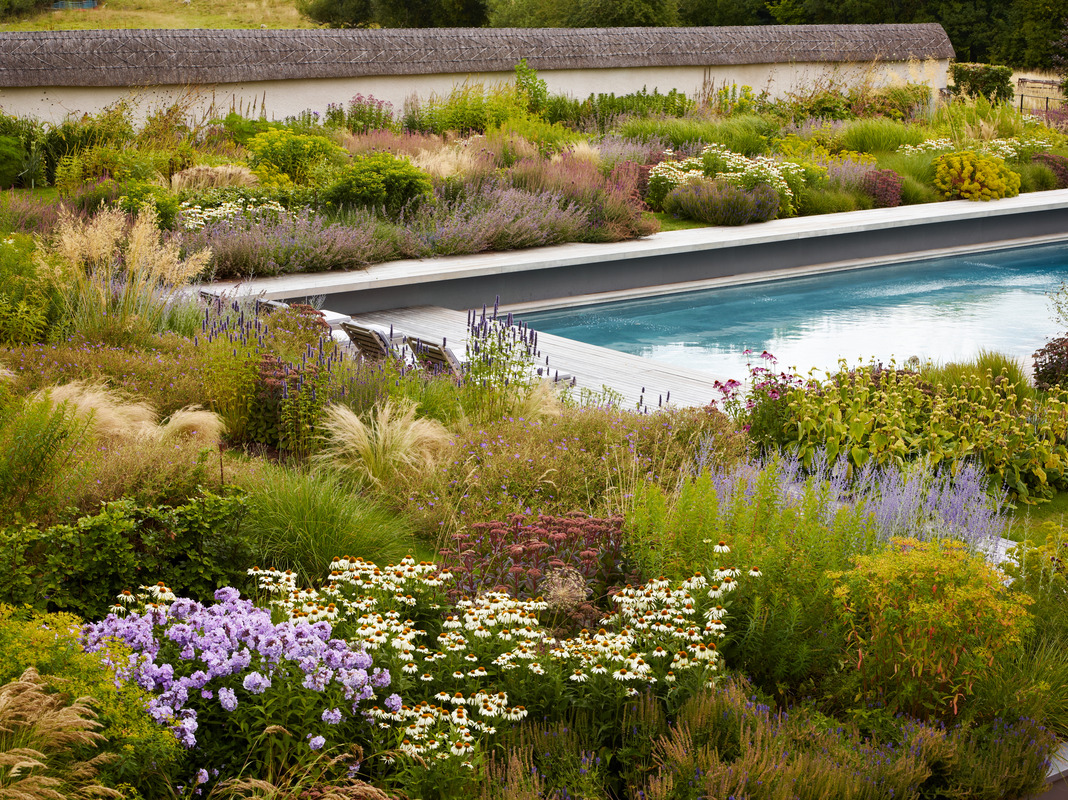
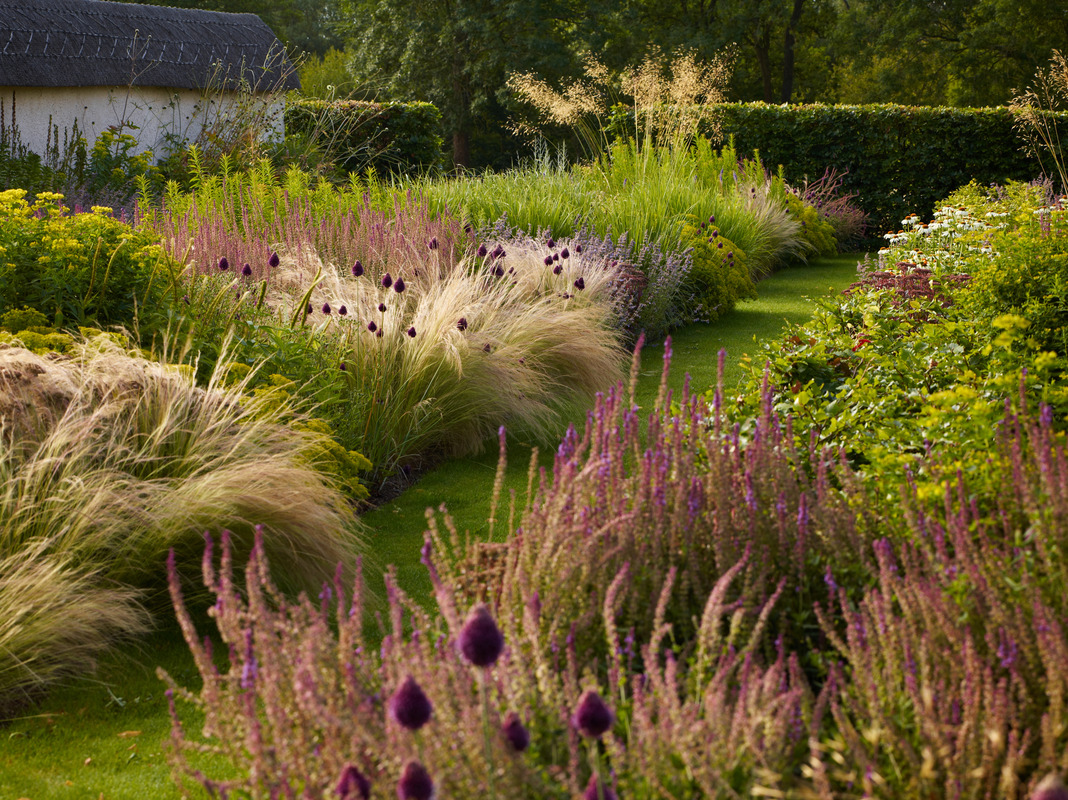
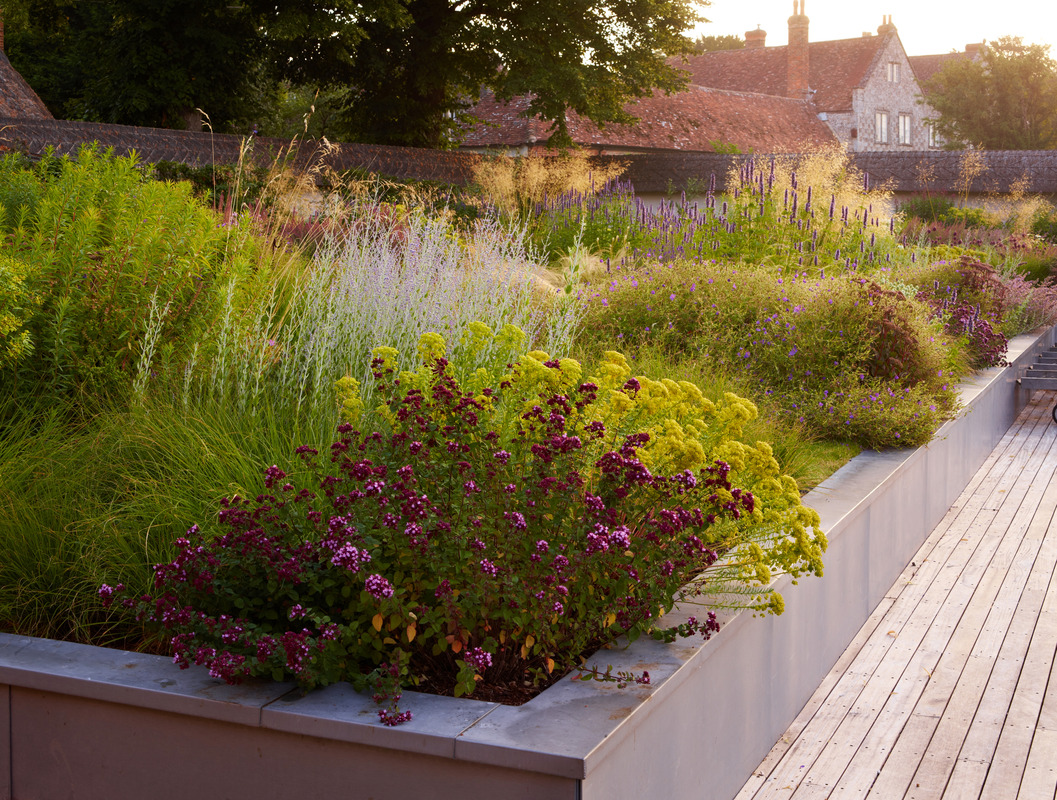
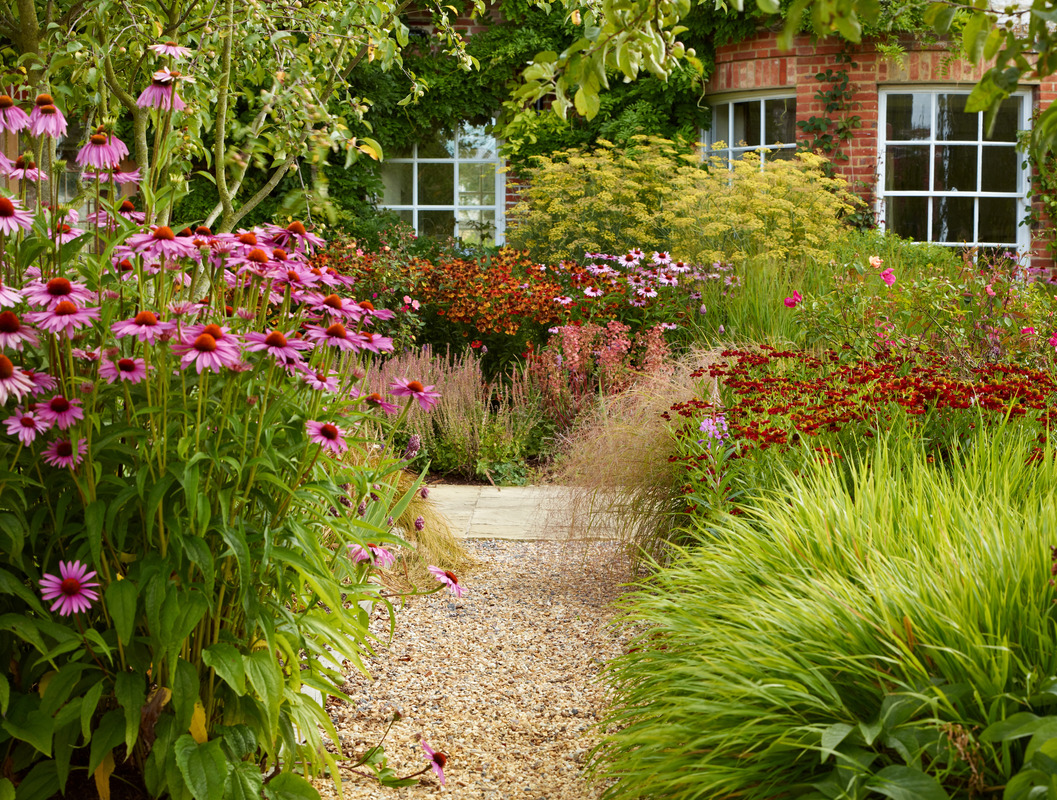
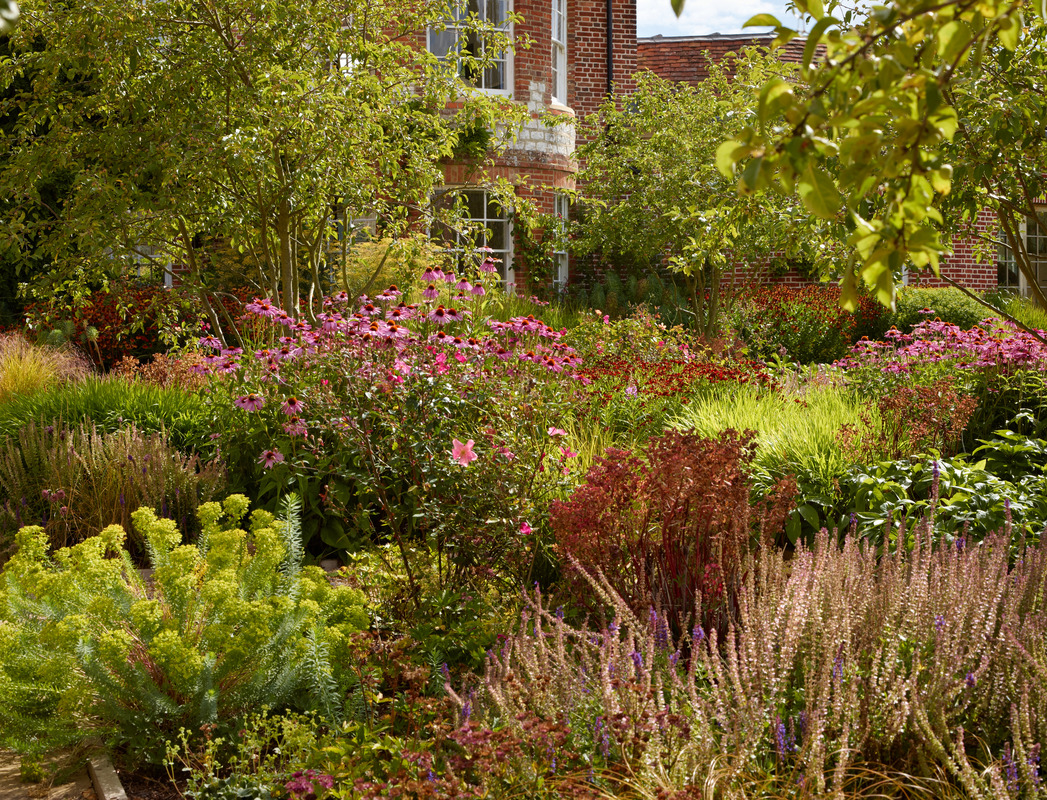
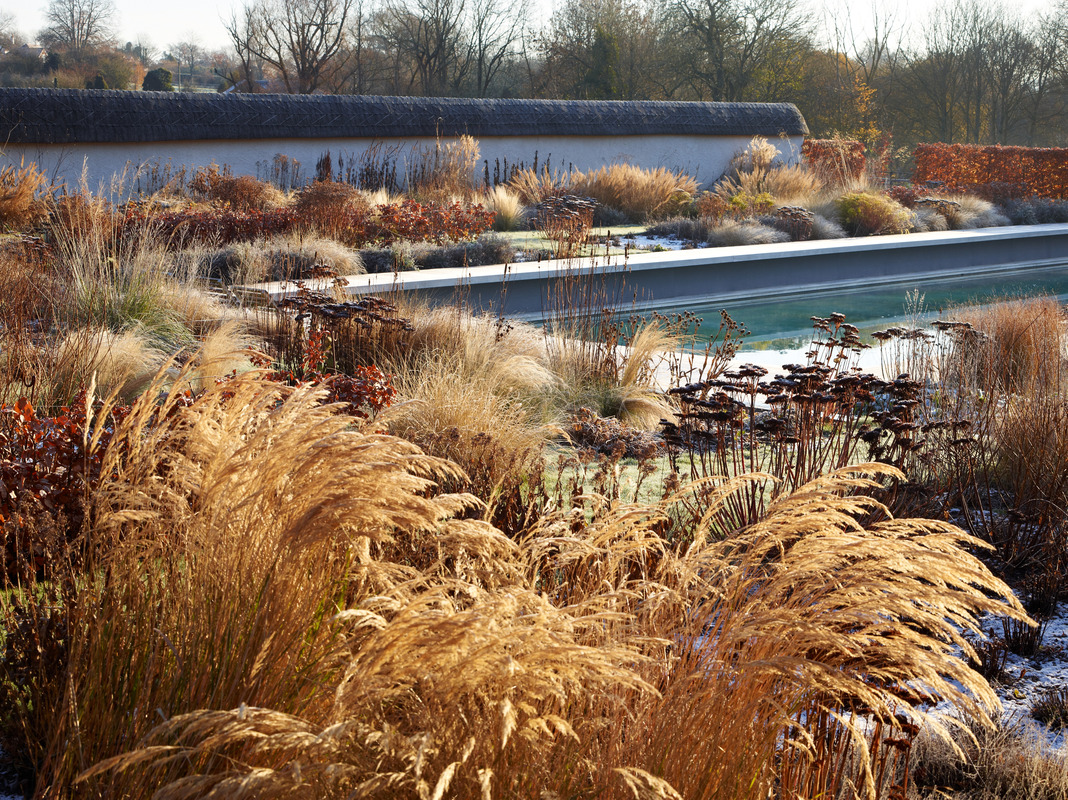
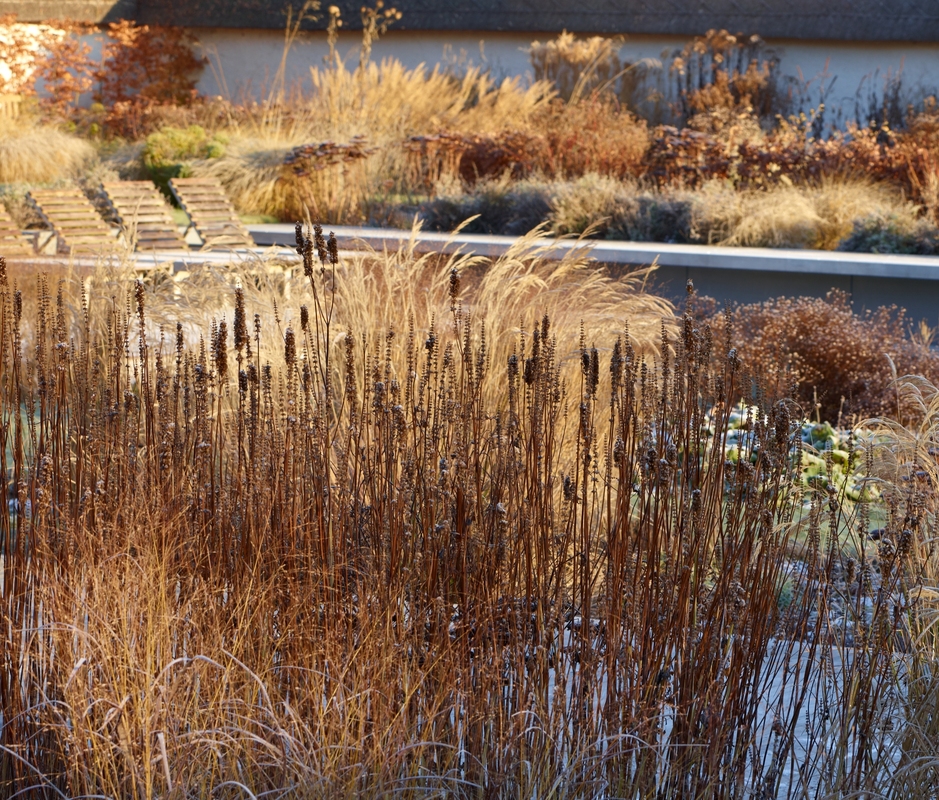

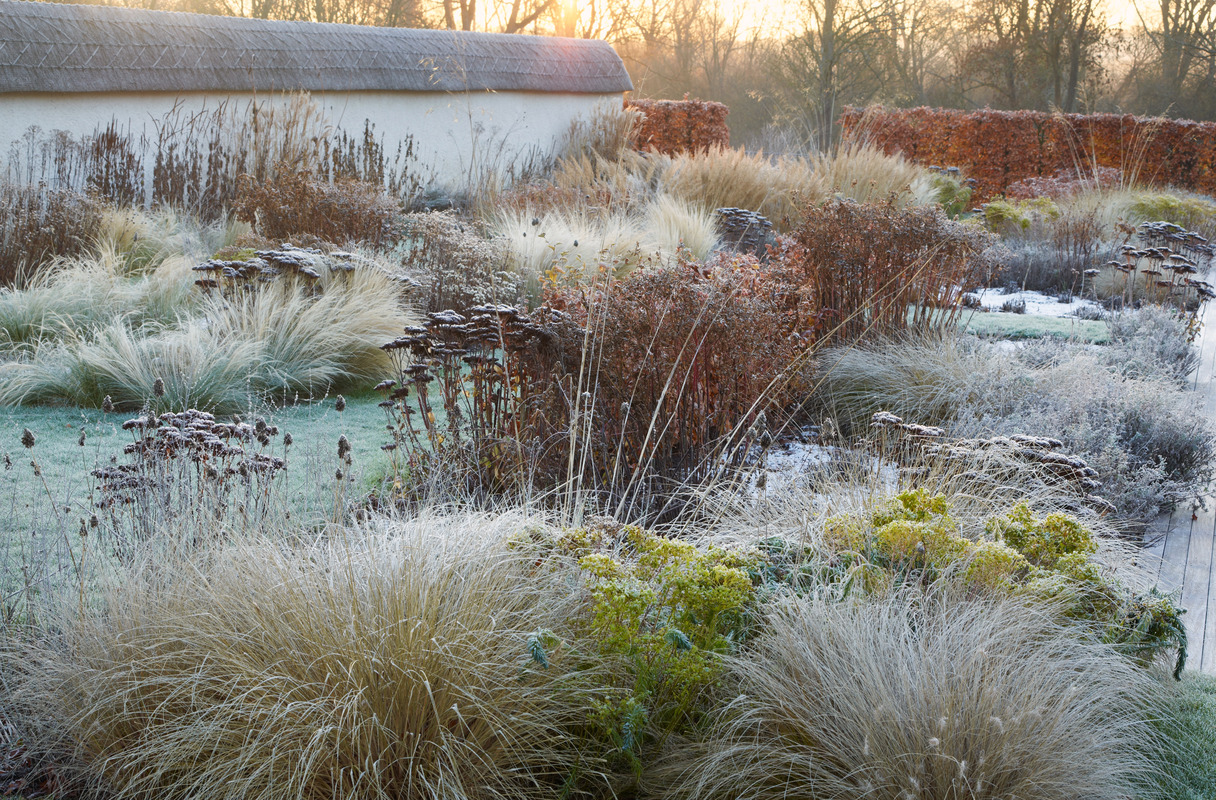
Wiltshire garden
"The house was originally a row of cottages, amalgamated over the years to form one picturesque straggle along the village street. It faces south down to the river Avon, and diagonally across the site lies the Stonehenge Avenue, supposedly the route along which the stones were dragged from the river to where they now stand, two miles to the west.
The heart of the place is undoubtedly the walled garden, with the swimming pool - all twenty two metres of it,- set right in the middle. It is the main event of the garden. The new walls are made from zinc, and most of the paving is silvery timber. The planting is silvery, pale and grass. The effect is particularly beautiful in the middle of winter.
The garden planting is formed into a series of long, bar-shaped beds, so that from the air, the plan looks rather like a wall of bricks, with grass paths forming the joints. When you descend to garden level, the grass paths become less apparent and it seems as though you are in an almost random meadow.
Down at the river, a number of pools and little rivulets have been created to make a wonderful maze-like area of watery wandering. It has become a haven for both people and wildlife."
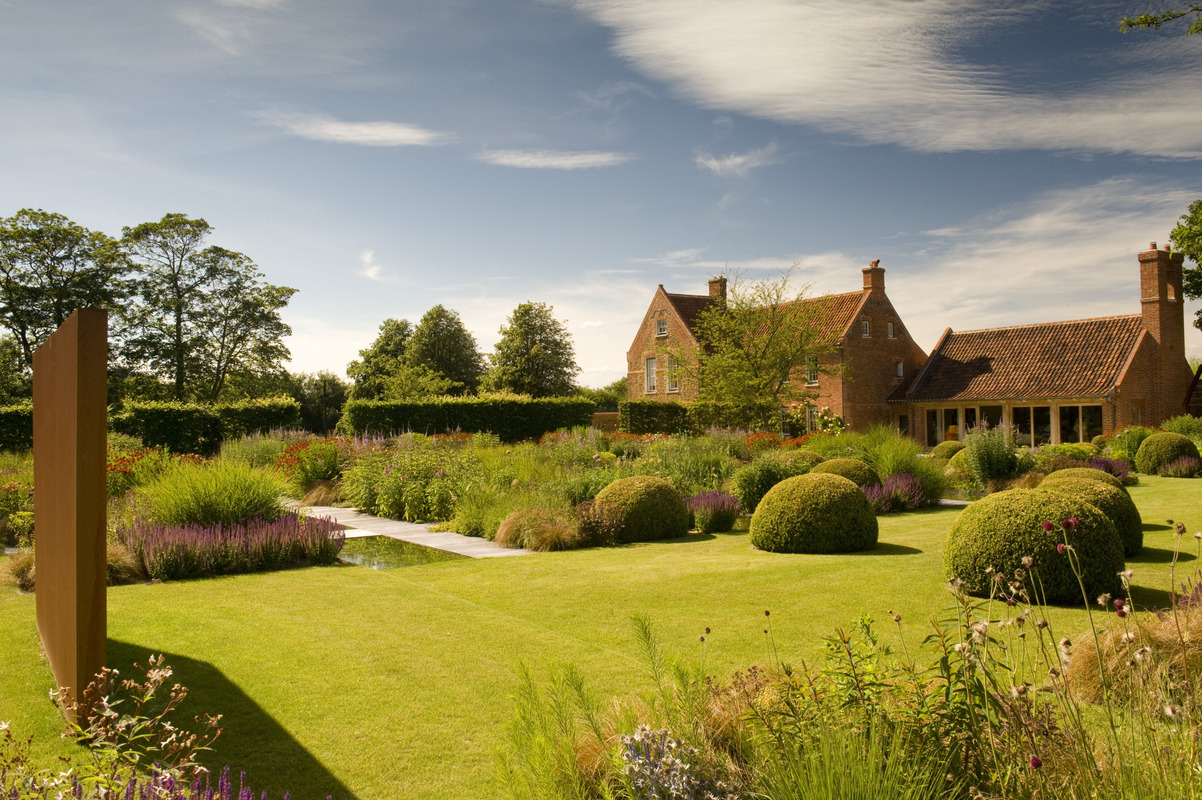
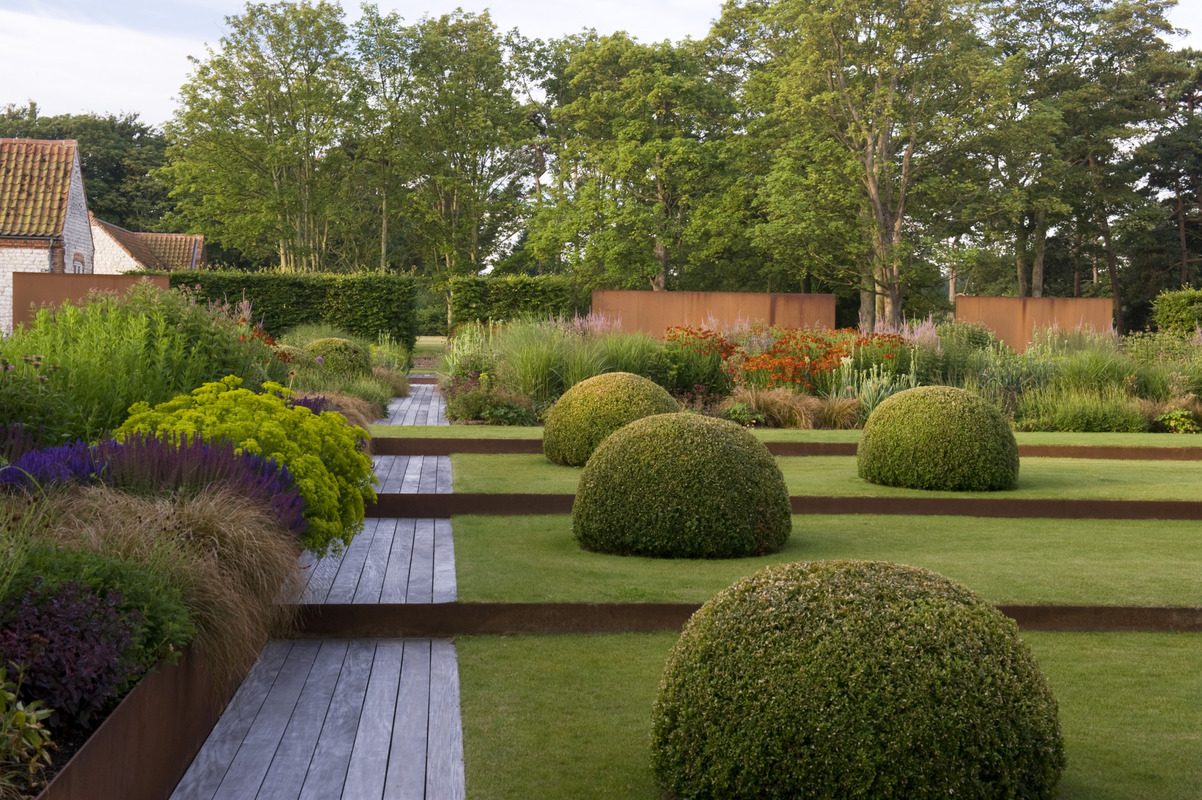

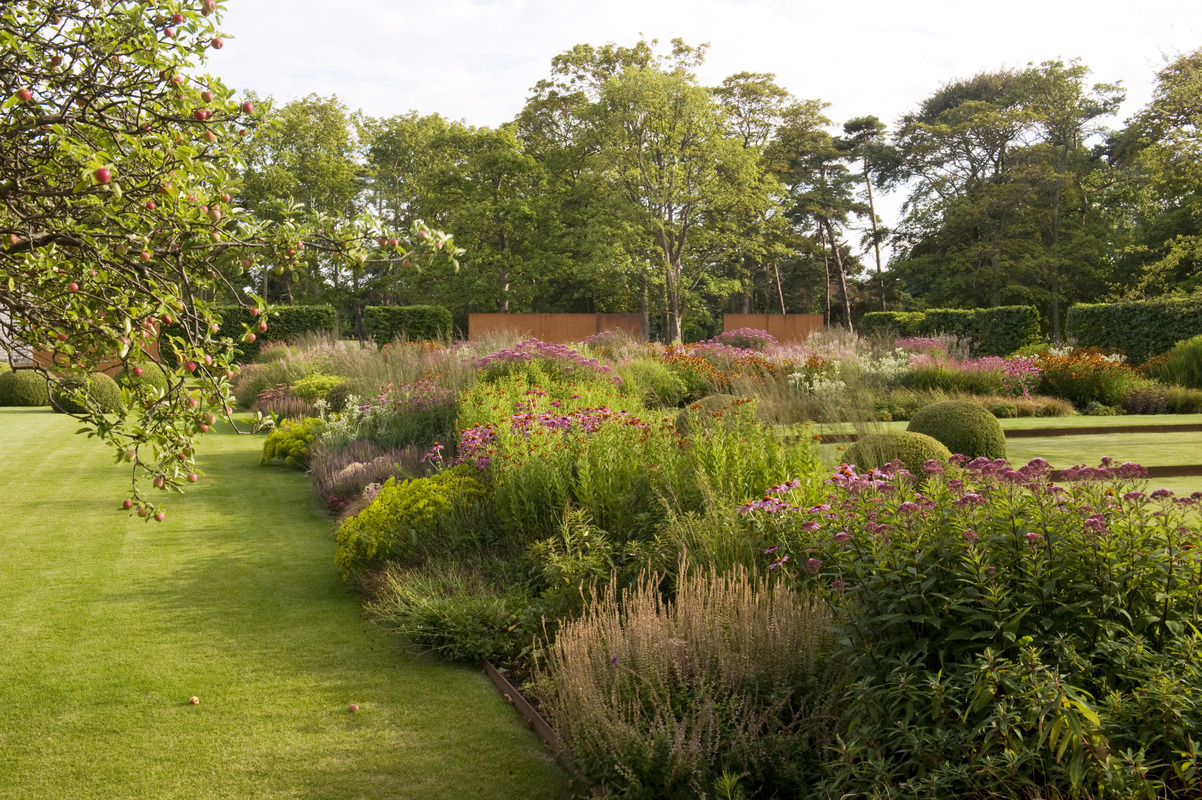
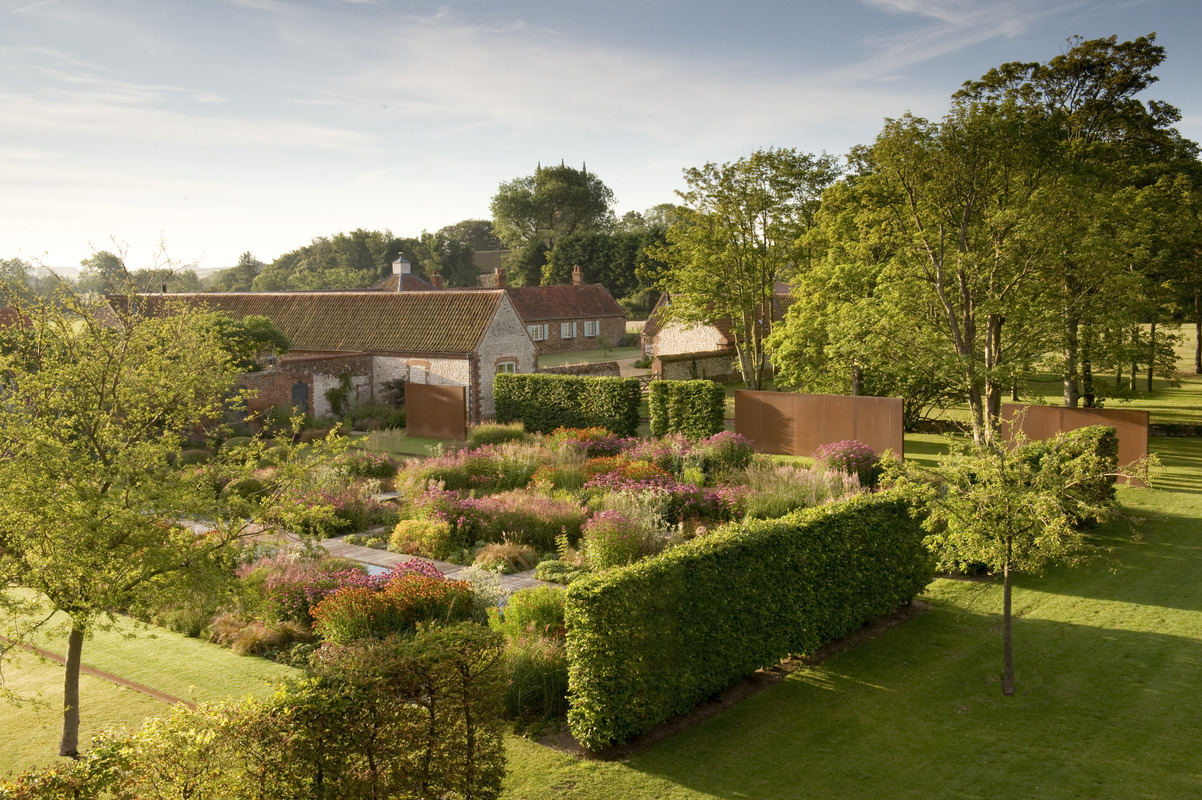

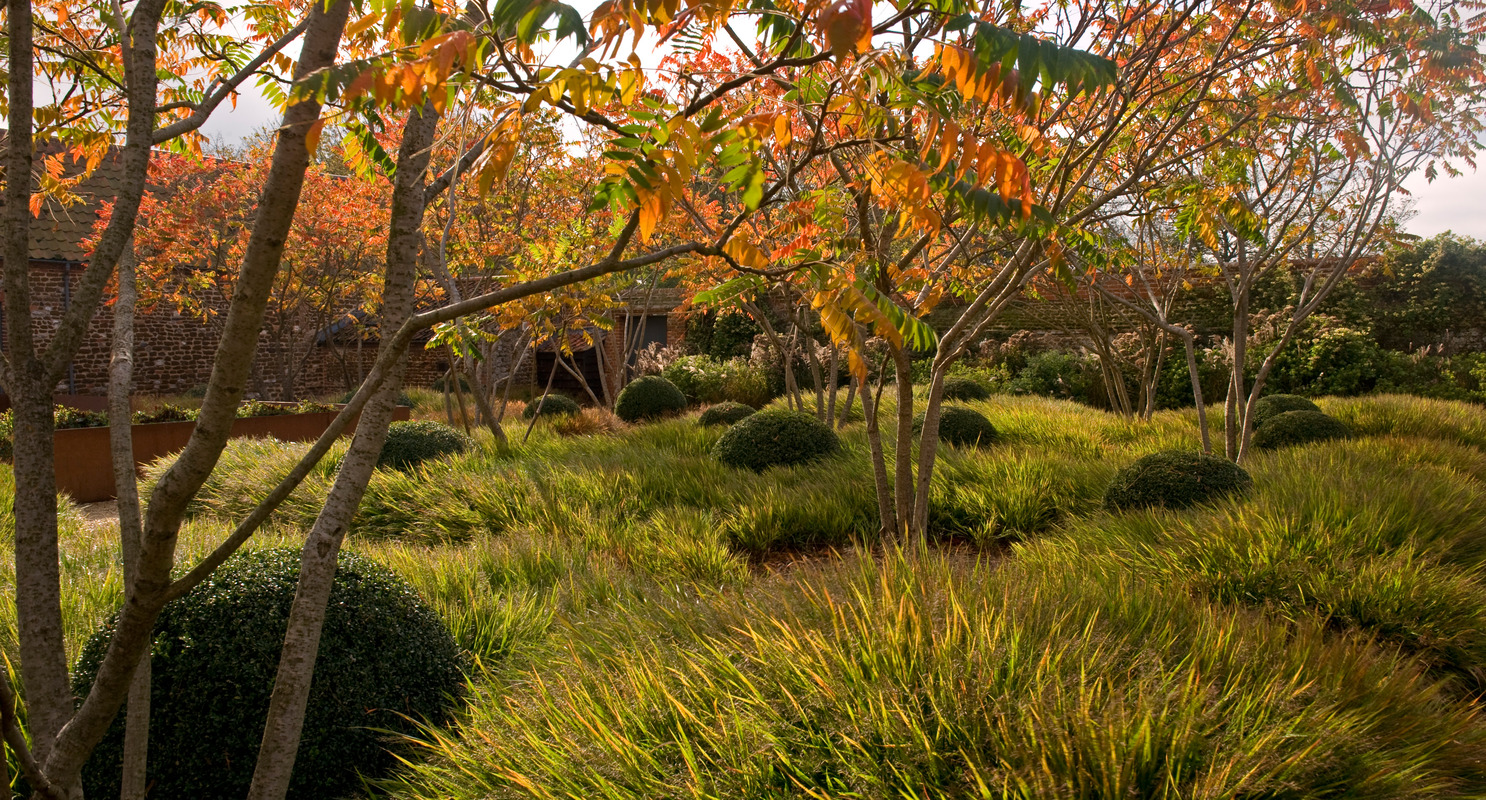
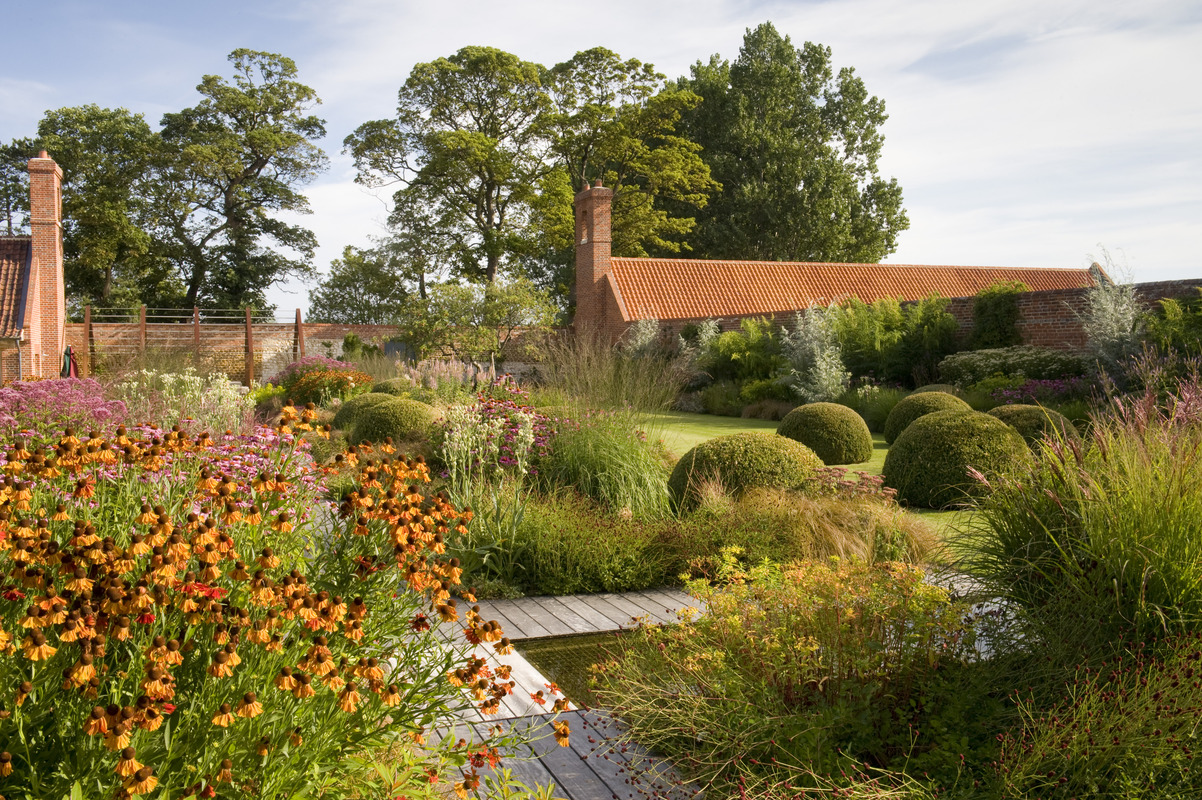
Norfolk garden
"Located 500 yards from the beach, this garden contrasts two enclosed garden spaces with a wild and natural garden between the house and the fields that stretch to the sea.
The enclosed gardens draw on the pattern of landscape, the ditches, reeds, salt marshes and beach debris to make spaces that are spatially separate from the context but thematically connected to it. The garden articulates thoughts about attachment to the home and hearth and separation from it.
The main construction materials in the garden are corten steel, stone and timber. The House was restored and extended by Ptolemy Dean Architects."
WORDS | Kara Town
IMAGES & QUOTES | TOM STUART-SMITH


